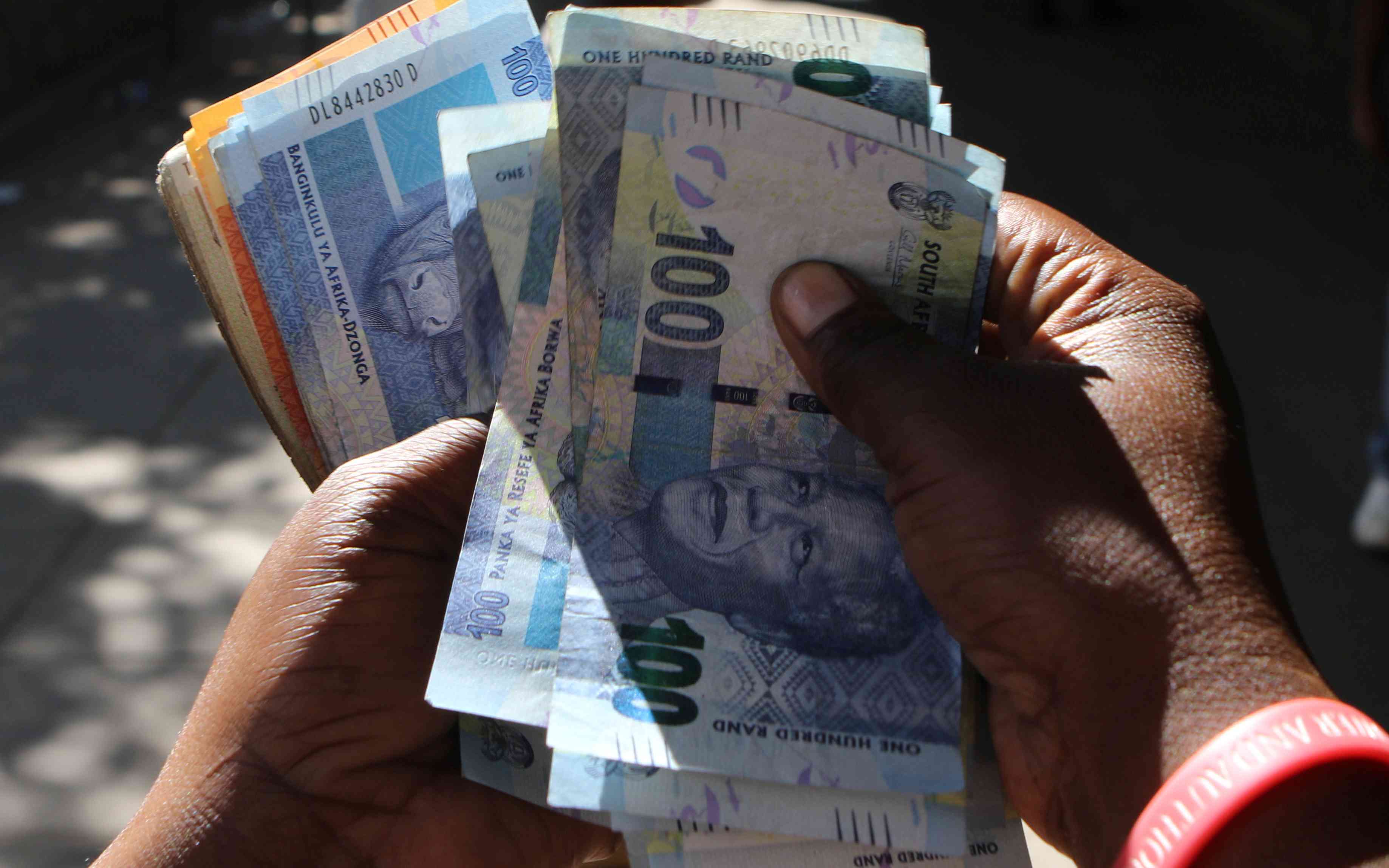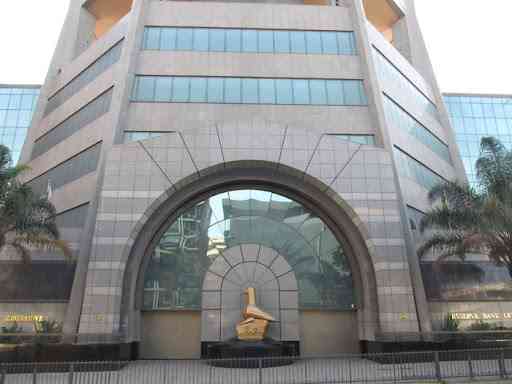
When John Mushayavanhu took over one of Africa’s toughest central banking assignments, he vowed to confront Zimbabwe’s underground currency market — a decades-old crisis that had disfigured formal finance and eroded public trust.
That promise came with bitter medicine: tight liquidity controls, steep interest rates, and a ruthless clampdown that hit everyone — from corporate boardrooms to street vendors.
To some extent, it worked. The chaos of roadside money changers has subsided. But the pain persists. This week, the Reserve Bank of Zimbabwe (RBZ) sought to reassure the market, celebrating a decline in monthly inflation and insisting that the year-on-year figure of 92,5% is merely “technical”.
In other words, not real. But on the ground, there is little sense of relief. Confidence remains low. Prices remain high. The economy, despite statistical gains, still bleeds.
The central bank’s explanation is that the current annual inflation figure is distorted by “base effects” — particularly the 37,2% monthly spike in October 2024, when confidence in the then newly-launched ZiG evaporated. The RBZ says this distortion will linger until September, after which inflation is expected to ease to around 30% by December.
For economists, investment advisors, and spreadsheet warriors, that projection may be comforting. But for the mother juggling grocery bills or the father struggling with school fees, it rings hollow. The hardship is not technical — it is real. It shows up in every till receipt, every transport fare, every meal skipped. Zimbabwe remains a regional outlier.
In South Africa, inflation sits at 5,5%. Zambia, 14,7%. Malawi is creeping toward discomfort at 28,6%, Angola posts 21,3%, and even the traditionally volatile Democratic Republic of Congo manages 19,9%.
Our problem is not regional — it is structural. Zimbabwe’s inflation is rooted in deep deficits of monetary trust, fiscal discipline and exchange rate credibility. Until these are resolved, inflation will remain a thorn, regardless of what the graphs say.
- Awards target married couples
- Awards target married couples
- Sibanda living his writing dream
- Pomona deal under spotlight as experts meet
Keep Reading
The RBZ is working hard to reframe the narrative, pointing to a significant slowdown in monthly inflation since April. Indeed, the ZiG has held relatively steady on the official exchange rate, and the gap between the formal and parallel markets has narrowed. But memory casts a long shadow.
Zimbabweans have not forgotten 2008, when inflation peaked at an International Monetary Fund-estimated 500 billion percent. That trauma lives on. And in that context, even a “technical” inflation rate of 92,5% is unsettling. Risks remain visible. The share of local currency in national payments dropped from 43% in May to 35% in June — a clear sign that faith in ZiG is slipping. Zimbabwe’s economy still leans heavily on fragile lifelines: exports, remittances, and offshore credit lines. Any deviation from strict monetary discipline could unravel the tentative stability we see today.
The RBZ is betting that once the October 2024 spike drops out of the base, inflation will fall, expectations will stabilise, and trust will return. It is a hopeful strategy. But inflation is not just a number — it is a measure of belief. And belief is in short supply.
In Zimbabwe, recovery is not about what the charts say. It is about what people feel. And right now, they feel anxious. They feel uncertain. They feel tired of promises that don’t reach their pockets. Until that changes, Zimbabwe’s economic story will remain haunted — not by numbers, but by memory.











